Description
The Product Design A Level is a balance between creative product design and design theory. The substantial practical element allows you to steer the direction of your work down a more graphical or 3D resistant materials route depending on your preference.
The course is challenging, thought-provoking, stimulating and fast-moving, as you balance developing an understanding of design theory alongside the demands of creative project work where elements of the theory are applied.
Structure
Component 1: Examination 50% of A-Level
This part of the course is split into two key theoretical areas. Technical principles and designing and making principles. Throughout the course you will learn about materials, processes and techniques to shape, form, join and manufacture relevant products and components. You will also learn about developments in CAD/CAM, digital technologies, manufacturing systems, the effects of technological developments and how design movements and people that have influenced the development of products through history. You will also study how we design for effective maintenance and to create a cleaner environment, as well as current legislation and standards in our industry. At the end of year 13 you will sit two written exams based on the above content. 15% of the written exams will also involve you demonstrating GCSE grade 4+ mathematical skills.
Component 2: NEA – Design and Make Project (externally moderated) 50% of A-Level In year 12 you will develop practical skills in all material areas to enable you to undertake a substantial project in year 13, which requires you to produce an in-depth portfolio incorporating investigation, design, development and evaluation work while producing a prototype outcome. This will involve you creating your own project brief, working with a real client to solve real problems in your chosen material area. You will develop ways to present your innovative ideas and findings while demonstrating competent workshop, CAD/CAM skills and techniques for the practical outcome.
Course Requirements
Grade 5 in GCSE Design and Technology Grade 5 in GCSE English and GCSE Maths
Links to HE
This course opens up a variety of career paths and opportunities within the design industry. This course could lead you into architecture, illustration, product design, computer generated design, graphic design, sustainable design and engineering to name just a few.
Student Alumni
Alfie Foster
‘I’m Alfie and I studied at Friesland from 2012-2019. I’m currently in my first year studying Architecture at Oxford Brookes University. After my three years at University, I plan to go on a placement as a junior architect in practice. The overall aim is to become a registered Architect which requires more years studying.
The choice for me to stay on and study at the Sixth Form was easy, as I already knew the teachers were supportive and would help me achieve. Producing work which went towards my coursework in Design & Technology, also helped me when I needed to produce a portfolio of work for my application. I was able to submit many pieces including design ideas, tests and models into my portfolio and this led my application being accepted at all the universities I applied to. I kept on top of my skills and content which I developed in the A Level course, meaning I felt more prepared when starting at university.’
Sam Leeming
I’m Sam, I studied at Friesland for both secondary school and sixth form. Whilst there I gained A-levels in graphics, physics, maths and photography. After concluding my studies at Friesland, I went on to study architecture at Oxford Brookes University.
Since architecture is a not a subject you can study at GCSE or A-level, it can be hard to gain the relevant understanding required for the course at University. Through my GCSE in product design and A-level in graphics, I was able to learn some of the computer programs, materials, and manufacturing methods used in architecture. This experience was invaluable during the tight deadlines that are set during an architecture degree, and gave me a solid foundation to start. Since concluding my undergraduate studies I will now be moving into industry to gain experience before completing my masters in architecture.
Feargal Barber
My name is Feargal and I left Friesland Sixth Form in 2018, completing A-Levels in Design and Technology, Art, and History. After Friesland, I went to Loughborough University to study for a BA in Industrial Design. feargalbarber.com
I’ve just finished my second year at University and am currently on a paid internship for the year in London at SharkNinja designing innovative food appliances, before I return to Loughborough next year to finish my degree. After University, I’m hoping to start a career as an Industrial Designer, working on designing products that spark joy and solve problems. Not only is Industrial Design loads of fun, I’ll never have to wear a suit and tie to work in my life.
Design Tech at Friesland was the perfect start towards a career in design and other applied arts, whether Industrial and Product Design, Graphic Design, Architecture, or many others. It helped me develop my creative thinking skills and hands-on making experience, and provided me with great, varied projects to put towards a portfolio that Universities loved. You will learn lots about working creatively, which is invaluable whether you decide to pursue a career in the arts or not, as well as time management, problem solving, and how to present your work well. Throughout this, you will also be supported by passionate teachers and staff every step of the way who will always go the extra mile to ensure you succeed. I would recommend an A-Level in Design and Technology at Friesland to anybody with an interest in art, design, or making; you won’t regret it!

